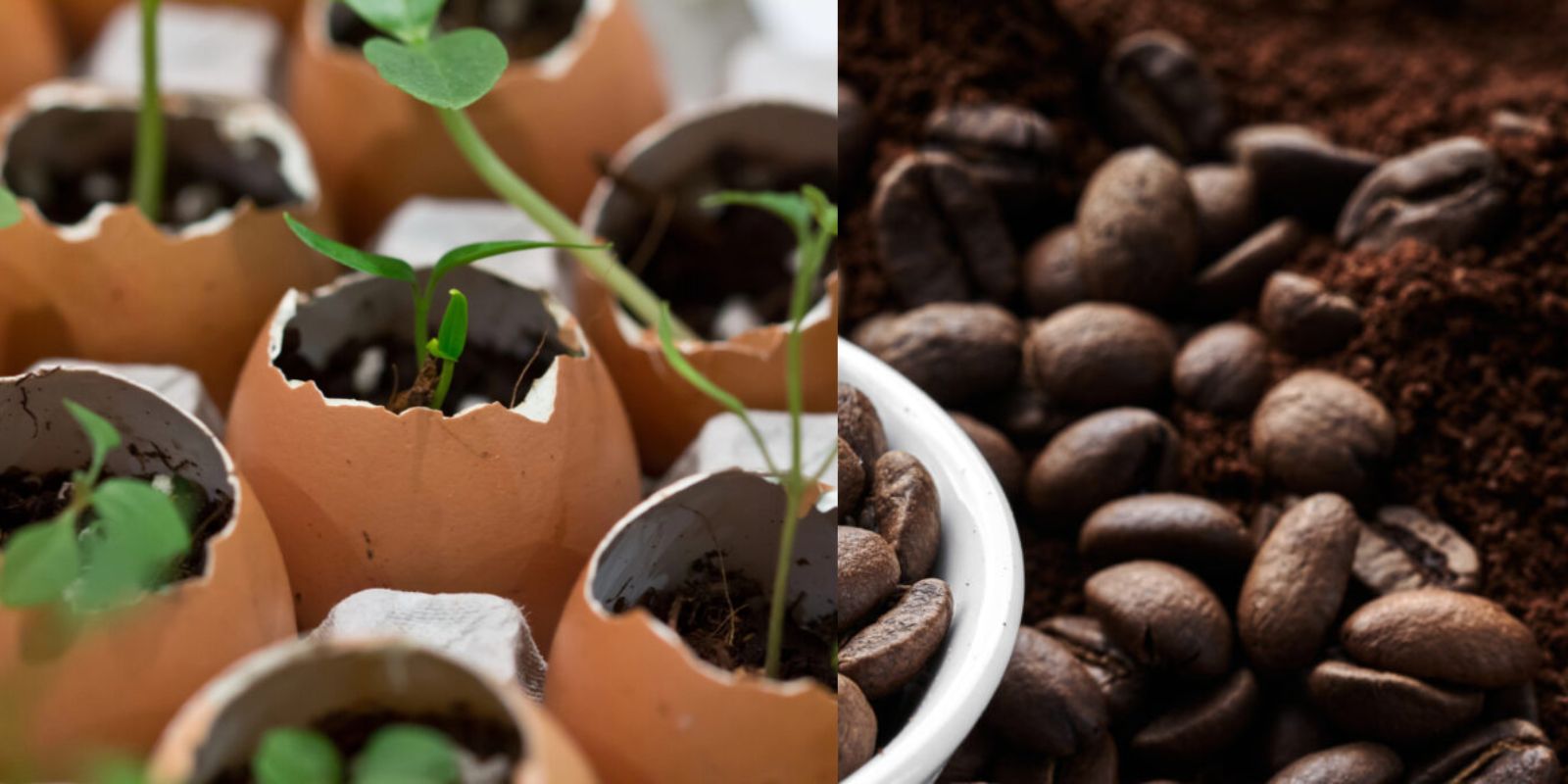Introduction
Every gardener knows that nurturing flowering plants requires more than just sunlight and water. To achieve those breathtaking blooms that turn heads and spark joy, it’s essential to go the extra mile. While fertilizers and store-bought plant foods can do the trick, the secret to thriving flowers lies in the natural ingredients you likely already have at home. These ingredients not only nourish your plants but also promote healthier soil, stronger roots, and more vibrant blooms. Let’s dive into the ultimate list of secret ingredients that will help your flowering plants reach their full potential.
1. Banana Peels: The Potassium Powerhouse
Banana peels are a treasure trove of potassium, an essential nutrient that flowering plants crave. Potassium strengthens the plant’s immune system, enhances its ability to absorb water, and aids in the production of flowers. By burying banana peels in the soil near the base of your plants, you can slowly release this valuable nutrient into the ground. As the peels decompose, they enrich the soil, leading to stronger, more colorful blooms. This method is particularly beneficial for roses, which thrive on a potassium-rich diet.
2. Epsom Salt: Boosting Chlorophyll Production
Epsom salt, a household staple, is another secret ingredient that can work wonders in your garden. Composed of magnesium and sulfur, Epsom salt helps plants produce chlorophyll, which is crucial for photosynthesis. This results in lusher, greener foliage and more vibrant flowers. To use Epsom salt, dissolve a tablespoon in a gallon of water and apply it to your plants once a month. This simple solution can significantly improve the health and appearance of your garden, making your flowers stand out with their deep, rich colors.
3. Coffee Grounds: A Nitrogen-Rich Treat
Used coffee grounds are a fantastic source of nitrogen, an essential nutrient that promotes healthy leaf and stem growth. For flowering plants, especially those that prefer slightly acidic soil, such as azaleas, hydrangeas, and camellias, coffee grounds can be a game-changer. By sprinkling used coffee grounds around the base of your plants, you can enhance the soil’s acidity while providing a nitrogen-rich boost. This not only helps in the growth of vibrant flowers but also improves soil texture and drainage.
4. Eggshells: The Calcium Boost
Calcium is crucial for plant growth, particularly in the development of strong cell walls. A lack of calcium can lead to issues like blossom end rot, a common problem in tomatoes and peppers. Eggshells, which are rich in calcium, can easily remedy this. Simply crush the eggshells and mix them into the soil around your plants. As they break down, they release calcium into the soil, promoting healthier, more resilient plants. This method is also excellent for deterring pests like slugs, who are repelled by the sharp edges of the shells.
5. Compost Tea: The Nutrient-Rich Elixir
Compost tea is a liquid fertilizer that provides a concentrated dose of nutrients directly to your plants. Made by steeping compost in water, this “tea” is packed with beneficial microorganisms and essential nutrients that boost plant health. To create compost tea, fill a bucket with water, add a bag of compost, and let it steep for a few days. Strain the liquid and use it to water your plants. This nutrient-rich solution promotes vigorous growth and can lead to more abundant and vibrant blooms.
6. Fish Emulsion: The Organic Fertilizer
Fish emulsion, a byproduct of the fish industry, is an organic fertilizer rich in nitrogen, phosphorus, and potassium. It’s particularly effective for flowering plants, as it encourages lush foliage and robust flower production. To use fish emulsion, dilute it in water according to the package instructions and apply it to your plants every few weeks. The nutrients in fish emulsion are quickly absorbed by plants, providing an immediate boost that can result in healthier, more vibrant blooms.
7. Molasses: Feeding the Soil
Molasses, a thick, sweet syrup, is more than just a kitchen ingredient—it’s a powerful tool for gardeners. Molasses is rich in iron, calcium, potassium, and magnesium, and it’s an excellent food source for beneficial soil microbes. These microbes play a crucial role in breaking down organic matter, releasing nutrients into the soil, and promoting plant health. To use molasses in your garden, mix a tablespoon of unsulfured molasses in a gallon of water and apply it to the soil around your plants. This sweet treat not only feeds your plants but also enhances the overall health of your garden by supporting a thriving microbial ecosystem.
Conclusion
Achieving a garden full of vibrant, healthy flowers doesn’t have to rely solely on store-bought fertilizers. By incorporating these natural, secret ingredients into your gardening routine, you can boost your plants’ health, enhance soil quality, and enjoy more abundant blooms. These simple, sustainable methods not only save money but also contribute to a healthier environment. So, why not give them a try? Start experimenting with these ingredients, and watch as your garden transforms into a vibrant, blooming paradise.
Motivation: Ready to see your flowers bloom like never before? Try out these secret ingredients and share your gardening success with others. Let’s grow beautiful gardens together! 🌸

